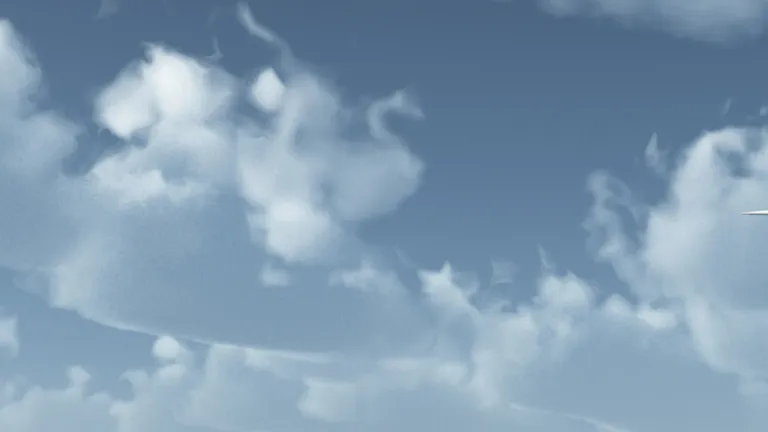Select the statement you want to use and copy it to your own computer. Upon publication: use the reference as part of the statement and make use of the inserted link.
Topics (Wind)
Wind share - Wind growth - Wind power installed - Capital expenditures
Topics (Floating wind)
Rise of offshore wind - Contribution of offshore wind - Industry leaders about floating offshore wind - Full commercialization - Scaling-up of floating offshore wind - Top risk for floating offshore wind - Investment risks
The renewables share will triple from 15% today to 46% by the end of the forecast period. Within renewables, the large increase will be driven by solar and wind, which will see 17-fold and 10-fold increases in primary energy supply towards 2050, respectively. Solar will reach 17% and wind 11% of the global primary energy mix in 2050, with further growth expected beyond mid-century. Bioenergy and hydropower will also grow, in both relative and absolute terms.
Wind will grow nine-fold growth in grid-connected power generation globally, from 2,000 TWh in 2022 to 18,300 TWh by mid-century. That translates to a share of grid electricity rising from 7% in 2022 to 30% in 2050. Over the last year, the wind power sector has faced a storm of challenges, including cost inflation, supply-chain disruptions, concerns about turbine and rotor quality, and shrinking profit margins for OEMs. As a result, DNV now predicts a minor reduction in wind power generation and installed capacity by 2050 relative to last year’s forecast, but our long-term projections remain optimistic due to rising capacity factors and steadily declining costs.
Wind power installed capacity will double between 2022 and 2030.
In 202280% of capital expenditure (capex) in the Blue Economy is invested in the offshore oil and gas sector, but by 2050 that number will have dropped to 25%. By then, offshore wind will receive the largest investments, accounting for half of all capex.
(Source: DNV, 2022, Ocean’s Future to 2050) - All topics ↑
Floating wind
Offshore wind will rise globally from 8% of total wind production in 2020 to 34% in 2050, totalling almost 2000 GW.
(Source: DNV, 2023, Floating Wind: Turning Ambition into Action) - All topics ↑
(Source: DNV, 2023, Floating Wind: Turning Ambition into Action) - All topics ↑
Over 80% of industry leaders are confident that floating offshore wind reach commercial profitability without subsidies by 2040, 60% think it will happen by 2035 and 25% think it will be as early as 2030. Public policy is consistently pointed out as one of the most determining factors for the development of floating offshore wind farms.
(Source: DNV, 2023, Floating Wind: Turning Ambition into Action) - All topics ↑
Reaching full commercialization will depend, in part, on the investment potential of key markets. Market size was cited by 21% of respondents as the first criteria for choosing a market to invest in, followed by regulatory and political stability (16%), and power grid suitability (12%).
(Source: DNV, 2023, Floating Wind: Turning Ambition into Action) - All topics ↑
For floating offshore wind to scale-up, it is paramount that its levelized cost of energy (LCOE) drops as much and as quickly as possible. DNV’s Energy Transition Outlook forecasts that levelized costs for floating offshore wind will fall by almost 80% by 2050. 21% of survey respondents believe that standardization - either through a reduction in the number of concepts or the emergence of a preferable concept will be the biggest factor for LCOE reduction. Bigger turbines and industrialization come next, closely followed by larger wind farms (allowing for economies of scale and greater installed capacity).
(Source: DNV, 2023, Floating Wind: Turning Ambition into Action) - All topics ↑
The top risk cited by floating wind professionals was a lack of port infrastructure. The second biggest risk cited was installation vessel availability, tied with capacity. While floating wind is generally not reliant on the advanced and bespoke vessels used in bottom-fixed offshore wind, the sheer number of mooring and anchoring installation vessels and the capabilities required could be a challenge for the industry, as more moorings and anchors are set to be installed over the next 10 years than have ever been seen in the oil and gas industry.
(Source: DNV, 2023,Floating Wind: Turning Ambition into Action) - All topics ↑
To mitigate the investment risks associated with new technologies, industry leaders believe that the prime lever of action is technology standardization (22%). The other main mitigating factors are regulatory stability (18%), and more certainty in operations and maintenance (O&M, cited first by 15% of respondents).
(Source: DNV, 2023, Floating Wind: Turning Ambition into Action) - All topics ↑

